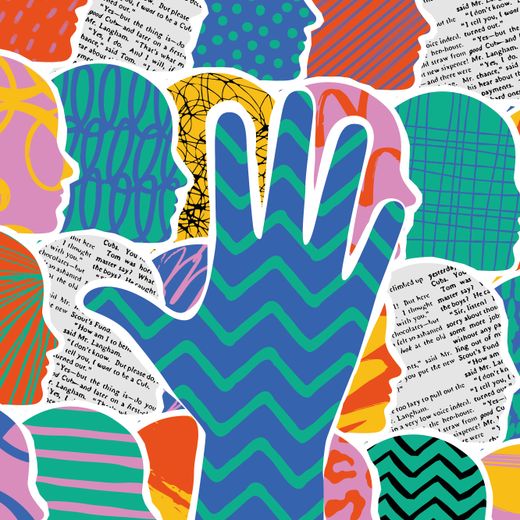The rise of the machines: how will implementation of AI affect jobs?
Three ways you can help prepare your workforce for the transition to a tech-based way of working.

- 5 minute read
- Future of Work
A recent report from the World Economic Forum (WEF) found that 81% of companies surveyed are looking to adopt AI technology by 2027. Given this short timeframe, people are starting to wonder what this will mean for the future of jobs.
The WEF also predicts that 42% of business tasks will be automated by 2027, varying slightly depending on the field of work. So, what does this mean for the remaining 58%?
What is the skill set of the future?
As the world of work adapts so do the skills we need.
“We expect to see 40% of core skills change over the next five years."
Before going over some of the key skills needed for this new era of work, let's first define what do we mean by skill set. We will touch on the hard skills like programming and the soft skills like emotional intelligence.
In 2021, McKinsey released a report detailing the skills that people will need in the future world of work. The research defined 56 key skills that would allow a person to thrive.
Dissecting this list, it’s clear that soft skills such as ‘active listening’ and mindsets such as ‘driving change and innovation’ are going to be what sets your talent pool apart from others. Although we can’t ignore the need for digital skills such as programming and data literacy, ensuring adequate training for your teams could be the difference between being at the forefront of change or being left in the dust as competitors storm ahead.

How can you ensure your workforce is future proof?
The first step is looking at your talent pipeline: who will be in your roles in the next 5, 10 or even 15 years’ time?
Are they ready to take on the challenge of operating in a very digital world? By 2030, it is predicted that over half of the jobs we do will require an understanding of digital technologies and, those without this digital literacy risk being at a severe disadvantage.
So, how can you go about future proofing and ensuring you stride into the next few years with confidence and a tool belt that will stand you in good ground?
Identify and plug skills gaps
Look at what skills your current employees have and asses to see if there are any gaps which need plugging, specifically in digital capabilities. Once you have identified the right skills, you can develop a training strategy to align your employees’ skill sets with the needs of an AI-led workplace.
22%
of workers who responded globally do not think AI will impact their job
– PwC
Consider messaging for different audiences
Secondly, you need to consider how you communicate with your current and future employees about your plans and strategies for AI implementation. Be aware of factors that may affect an employee’s willingness to accept change or their ability to understand. For example, the process of implementation will need to be slower and more supportive for older, less tech savvy employees compared with younger generations who are digital natives.
Also, don’t assume everyone knows about AI or its potential impact on their role. A recent report from PwC found that 1 in 5 respondents globally don’t think AI will impact their job. The community most likely to believe this are those with less specialised training, so early intervention could provide reassurance about what’s ahead.
Explain the benefits of AI
Having a smooth and low friction transition into the implementation of AI will rely on educating and reassuring employees on the benefits of AI. Explain what it means for them and how it can be used to increase their productivity. This will allow you to maintain a collective and collaborative culture as we move into this tech revolution.
Three things to help you stay on the right side of the future:
- Invest in relevant training for colleagues so they have the correct skillsets for the technology you wish to implement
- Foster a mindset of innovation and collaboration through your employee messaging
- Ensure whatever you implement is aligned with your company vision
Want more insights about the future of work?
Download the full MegaTrends white paper to learn about the skills needed for the future and successful implementation. Get in touch with us hello@thirtythree.co.uk to find out how we can support you with your communications.





